Quantum computing took a massive leap forward when scientists achieved the remarkable feat of entangling vibrations inside a single atom. This quantum breakthrough could revolutionize how quantum computers work, making them more powerful and accessible. In simple terms, the experiment showed that the tiny natural vibrations of an atom—usually invisible and mysterious—can be linked or “entangled” in a way that allows quantum information to be stored and processed inside just one atom. This is a huge step toward building quantum computers that require far fewer physical components but still perform complex computations quickly.
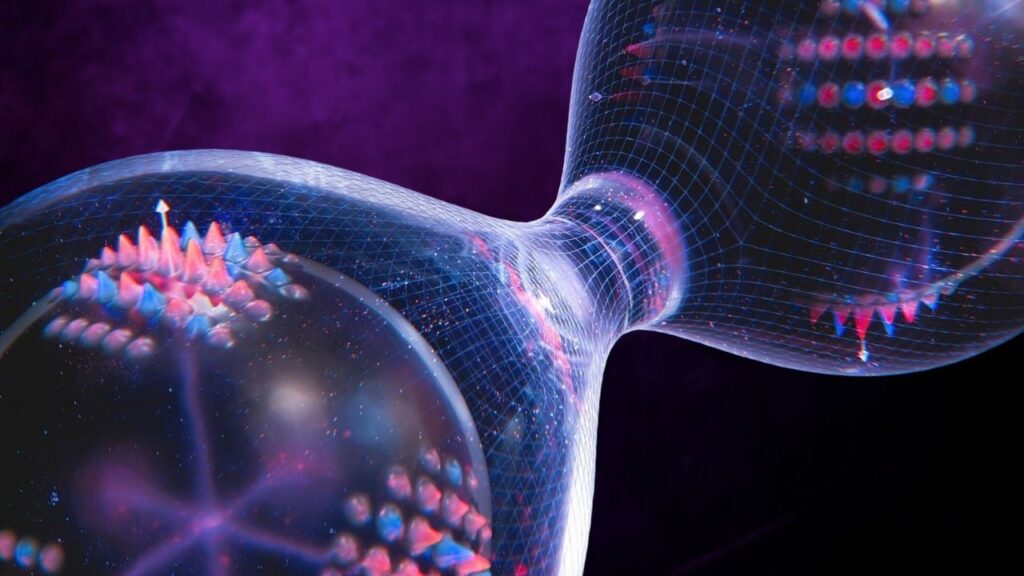
This article explores this exciting breakthrough in detail, breaking down quantum entanglement, why this discovery matters, how it was done, and what it means for future technology and professionals working in the quantum computing field.
Table of Contents
Entangling Vibrations Inside a Single Atom
| Topic | Details |
|---|---|
| What | Entangling vibrations (quantum oscillations) inside a single trapped ytterbium atom |
| Who | Research team led by Dr. Tingrei Tan, University of Sydney Nano Institute |
| How | Used Gottesman-Kitaev-Preskill (GKP) error-correction codes and precise quantum control |
| Why it Matters | Reduces physical qubit hardware needed; boosts quantum computing scalability and fault-tolerance |
| Publication | Published in Nature Physics (August 2025) |
| Impact | Opens doors to hardware-efficient large-scale quantum computers |
| Learn More | University of Sydney Nano Institute |
Scientists’ achievement of entangling vibrations inside a single atom using advanced quantum error-correction codes is a game-changer in quantum computing. This method drastically reduces hardware demands and enhances reliability, opening new pathways to scalable quantum technologies. With such innovations, the dream of practical and powerful quantum computers moves closer to reality, impacting multiple industries and scientific fields.
Understanding Quantum Entanglement and Vibrations Inside an Atom
What Is Quantum Entanglement?
Quantum entanglement is a fascinating and somewhat mysterious phenomenon from the world of quantum physics. Imagine two tiny particles, like atoms or electrons, connected so deeply that the state of one instantly influences the state of the other—even if they are far apart across the universe. It’s almost like a magical link where these particles behave as a single unit regardless of distance.
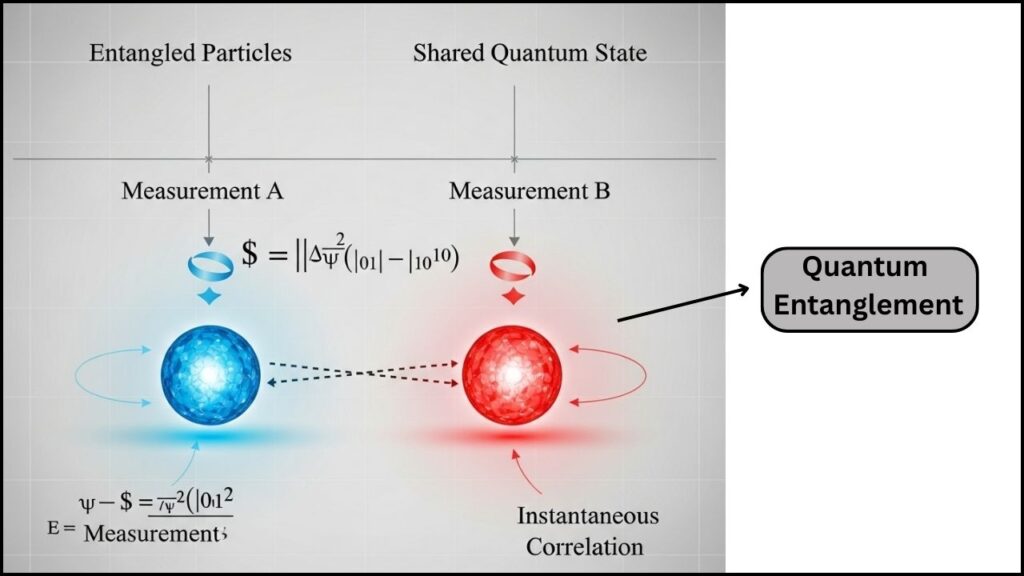
In quantum computers, this strange connection allows quantum bits, or qubits, to work together to solve complex problems much faster than traditional computers can. For professionals: entanglement is the backbone enabling quantum algorithms to outperform classical counterparts by exploiting quantum superposition and correlation.
What Are Vibrations Inside an Atom?
Atoms aren’t just tiny billiard balls; they vibrate naturally in space. These vibrations happen in three dimensions and can be described as “quantum oscillations.” In simple everyday terms, think of it like a tiny tuning fork inside an atom, vibrating quietly but actively.
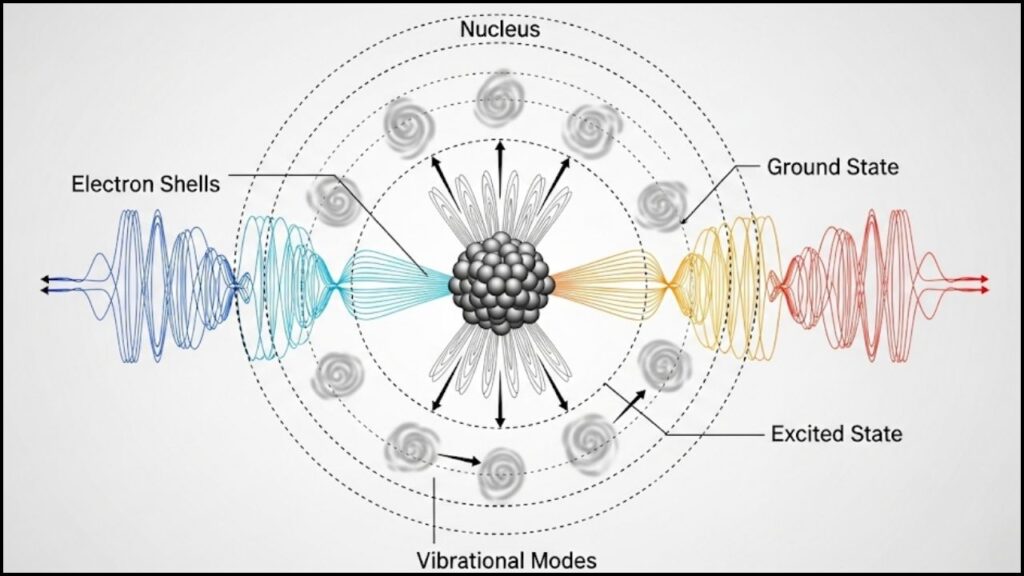
These movements can represent quantum states that scientists can control and manipulate. The vibrations can be quantized into units called phonons—particles of vibration energy. Controlling these phonons inside atoms was once thought nearly impossible at ordinary conditions. However, recent breakthroughs show that such control is achievable and practical. This is not just theory but observable phenomena that can be harnessed for quantum computing.
The Breakthrough: How Scientists Entangled Vibrations Inside a Single Atom
The Experiment
Scientists at the University of Sydney led by Dr. Tingrei Tan used a single trapped ion—an atom of ytterbium held in a trap using electromagnetic fields known as a Paul trap. Within this tiny system, the atom vibrates naturally. The researchers exploited these vibrations as quantum states to store and process quantum information.
Using powerful quantum control software developed with expert feedback, they precisely manipulated the atom’s vibrational states, known as quantum states or qubits. Then they managed to create entanglement between two different vibrational modes within the same atom, effectively storing two logical qubits inside just one atom. This process used the Gottesman-Kitaev-Preskill (GKP) error-correction code—a method that encodes quantum information in a way that corrects errors naturally during computation.
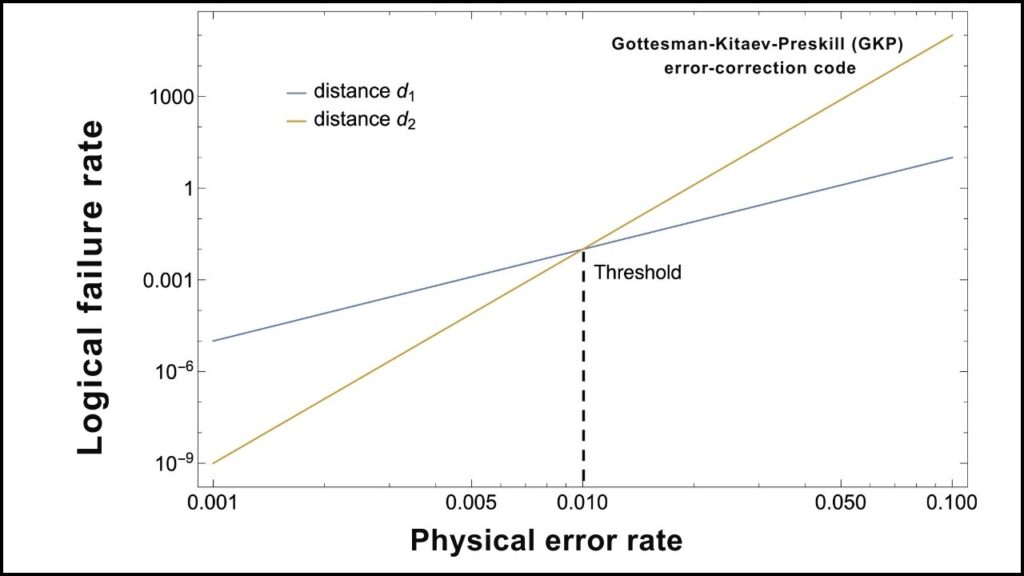
What Made This Special?
Until now, scaling quantum computers meant having large arrays of physical qubits—each a tangible atom or circuit—to perform computations. Such setups require vast hardware and face challenges like errors and noise disrupting calculations.
What this team showed is that by using the intrinsic vibrations inside one atom, quantum logic gates (the building blocks for quantum computing) could be implemented. This means:
- Fewer physical qubits are needed
- More hardware-efficient quantum computing is possible
- Advances the use of error-correcting codes for scalable systems
Dr. Tan described this as a milestone in making quantum computing more practical and closer to being a scalable technology.
Technical and Practical Aspects
- The vibrations entangled correspond to harmonic oscillations along different dimensions.
- The experiment realized universal quantum logic gate sets for GKP qubits for the first time physically.
- Quantum control minimized distortion and maintained the delicate quantum codes during manipulation.
This represents a key step toward making quantum processors with lower hardware demands, which is critical for the quantum computing industry and research.
Why This Breakthrough Is Important for Quantum Computing
Quantum Hardware Simplification
Current quantum computers require thousands or even millions of physical qubits to build just a few reliable logical qubits due to errors. This leads to massive, complex machines often difficult to maintain or expand. By encoding multiple logical qubits in the vibrations of a single atom, this research significantly reduces the complexity and size of quantum processors.
Enhanced Error Correction
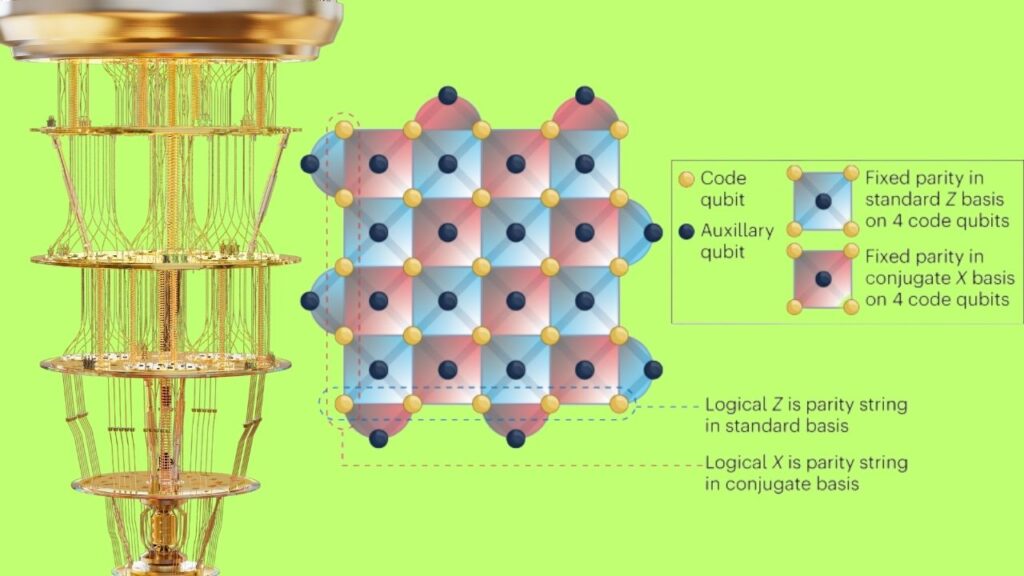
Quantum data is very fragile, and error correction is essential. The use of GKP codes in this experiment means an advanced form of error correction is embedded right within the vibrational qubits, which helps preserve information integrity during calculations. This makes quantum computers more reliable and fault-tolerant.
Potential Applications and Future Directions
- Building more compact and stable quantum computers
- Enabling new quantum algorithms with fewer resources
- Expediting research in quantum communication and sensing
- Facilitating quantum software development with advanced manipulation tools
This technology taking root at institutions like the University of Sydney Nano Institute marks a new era in practical quantum sciences.
How to Understand Quantum Entanglement and Vibrations: A Simple Guide
Step 1: Imagine Vibrations like Strings on a Guitar
Think about a guitar string—when plucked, it vibrates and creates sound waves. In a similar way, atoms have tiny strings inside them that can vibrate. But instead of sound, these vibrations represent energy in small units called phonons.
Step 2: Picture Two Vibrations Linked Like Dance Partners
In the experiment, scientists linked two different vibrations inside the same atom so tightly that changing one immediately affects the other. This is quantum entanglement but happening inside a single atom instead of between two particles far apart.
Step 3: Understand This as a Superpower for Computers
Quantum computers use such linked vibrations (qubits) to perform operations that would take regular computers way too long. Think of it as having two super-fast friends collaborating secretly with perfect coordination.
Scientists Discover Neglectons That Could Transform Quantum Computing Forever
Projective Measurements Unlock New Power in Quantum Computing With Anyon Braiding
Breakthrough: Scientists Unlock Universal Quantum Computing With Exotic Anyons
FAQs About Entangling Vibrations Inside a Single Atom
Q1: What is a qubit?
A qubit is the basic unit of information in quantum computing, like a bit in classical computing, but it can exist in multiple states at once, thanks to quantum superposition.
Q2: Why is entanglement important?
Entanglement connects qubits in ways that let quantum computers do many calculations simultaneously, boosting their power enormously compared to classical computers.
Q3: How does this discovery impact everyday technology?
Though practical quantum computers are still developing, this breakthrough brings us closer to quantum tech that could improve security, medicine, AI, and complex problem-solving.
Q4: What is the GKP code?
The Gottesman-Kitaev-Preskill code is a special method that protects quantum information against errors by encoding it into continuous vibrations (quantum oscillations) in a way that can be corrected automatically.
Q5: Where was this research done?
The breakthrough was achieved at the University of Sydney Nano Institute, Australia.



















